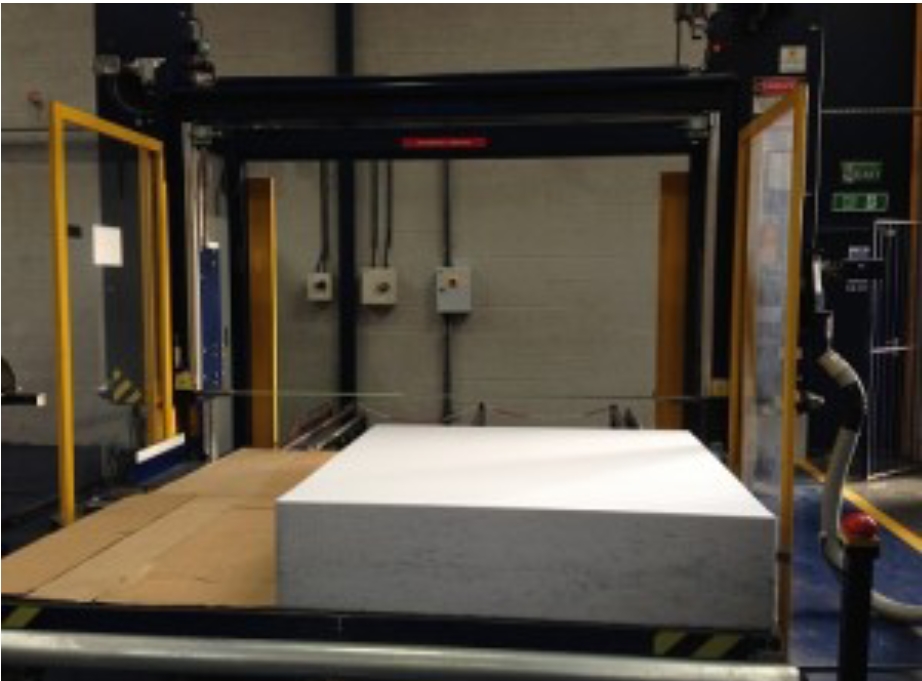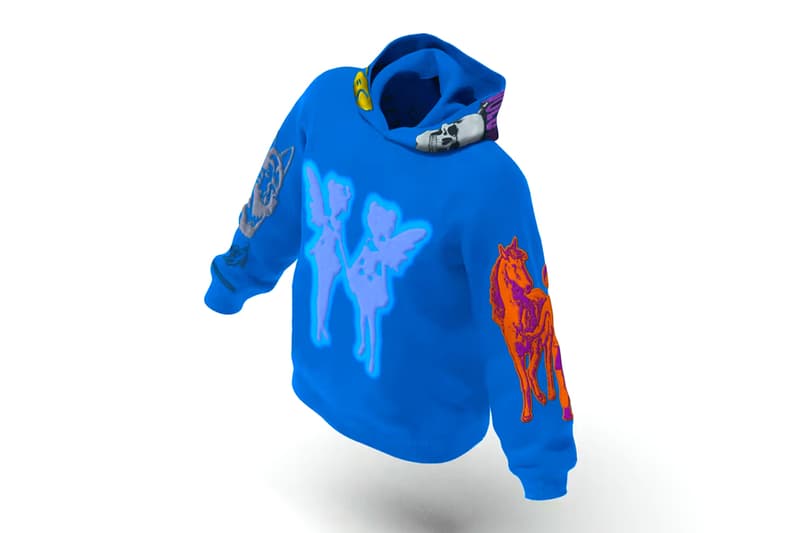Introduction
Foam conversion stands as a cornerstone process in various industries, facilitating the transformation of foam materials into bespoke products tailored to specific needs. This intricate process encompasses a range of techniques, from cutting and moulding to laminating and fabrication, each contributing to the creation of innovative solutions across diverse sectors. In this comprehensive guide, we delve into the realm of foam conversion, exploring its significance, processes, applications, and the expertise offered by industry leaders like Acoustafoam.
Understanding Foam Conversion
What is Foam Conversion?
Foam conversion entails the processing of foam materials to craft products suited for various applications. This encompasses shaping, cutting, moulding, and fabricating foam to achieve desired forms, sizes, and functionalities. The versatility of foam materials, including polyurethane foam, polystyrene foam, and polyethylene foam, lends itself to a myriad of conversion processes to meet specific industry requirements.
The Significance of Foam Types
- Polyurethane Foam: Renowned for its usage in cushions, mattresses, insulation, and packaging due to its resilience and comfort.
- Polystyrene Foam: Recognized for its lightweight and insulating properties, ideal for packaging, disposable containers, and insulation.
- Polyethylene Foam: Durable and moisture-resistant, often utilized in packaging, insulation, and padding applications.
Exploring Foam Conversion Processes
Key Conversion Techniques
- Cutting: Foam can be precision-cut into customized shapes and sizes using methods such as hot wire cutting, water jet cutting, and die cutting.
- Moulding: Foam materials can be moulded into intricate forms through injection or compression moulding processes.
- Laminating: Multiple layers of foam can be bonded together or combined with other materials to enhance properties like strength and durability.
- Fabrication: Foam components can be assembled and combined with other materials to create finished products tailored to specific requirements.
Applications of Foam Conversion
Diverse Utilization
- Packaging: Custom foam packaging solutions offer protection for delicate items during transportation, safeguarding against damage.
- Seating and Cushions: Foam conversion enables the creation of comfortable seating solutions for furniture, automotive interiors, and more.
- Insulation: Foam serves as a vital component in construction for thermal and sound insulation, enhancing comfort and efficiency.
- Medical Products: Foam conversion produces medical cushions, orthopaedic supports, and healthcare products catering to patient comfort and safety.
- Automotive Components: Foam is transformed into various automotive components like headrests, armrests, and interior insulation to enhance comfort and aesthetics.
Advantages of Foam Conversion
Tailored Solutions and Environmental Consciousness
- Customization: Foam conversion allows for the creation of bespoke products tailored to specific design, size, and functionality requirements.
- Environmentally Friendly Options: Some foam conversion processes utilize eco-friendly or recycled materials, aligning with sustainable practices.
- Quality Control: Rigorous quality control measures ensure that converted foam products meet industry standards and customer specifications.
- Industry Expertise: Specialized companies like Acoustafoam possess extensive expertise in working with diverse foam materials, offering tailored solutions across various sectors.
Acoustafoam: A Leader in Foam Conversion
Acoustafoam, established in 1979, operates from its headquarters in Telford, Shropshire, strategically located in the West Midlands. With a focus on innovation and continuous improvement, Acoustafoam has evolved to offer a diverse range of quality products serving industries such as filtration, marine, electronics, and more. Their commitment to excellence is exemplified through:
- Advanced Manufacturing: Acoustafoam employs modern, technically advanced machinery, continuously investing in production lines to meet evolving industry demands.
- Design Expertise: The company offers comprehensive design services, including ISIR sampling, to ensure products meet customer specifications.
- Customer Service: From sales contact to product delivery and after-service support, Acoustafoam prioritizes customer satisfaction, striving for world-class service standards.
- Quality Assurance: Acoustafoam’s management system adheres to ISO 9001:2015 quality standards, guaranteeing the highest level of quality and reliability in their products.
- Innovative Solutions: With a focus on innovation and integrity, Acoustafoam aims to be a global leader in the acoustics industry, continually investing in new technology and product development to meet evolving market needs.
Conclusion
In conclusion, foam conversion stands as a vital process driving innovation and versatility across industries. From packaging solutions to automotive components and medical products, the applications of foam conversion are diverse and far-reaching. Companies like Acoustafoam play a pivotal role in this landscape, offering expertise, quality, and innovation to meet the evolving needs of their customers. As the industry continues to advance, foam conversion remains a cornerstone process, offering tailored solutions and environmental consciousness in an ever-changing world.






